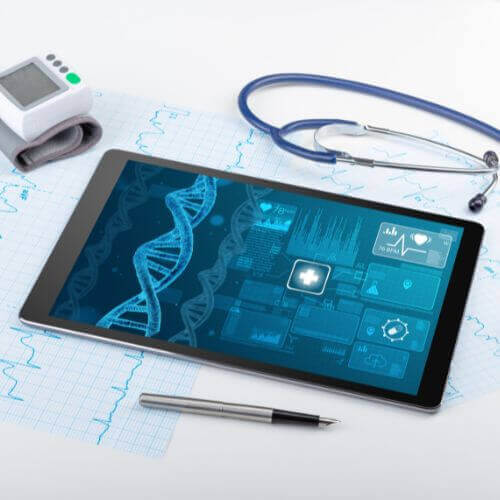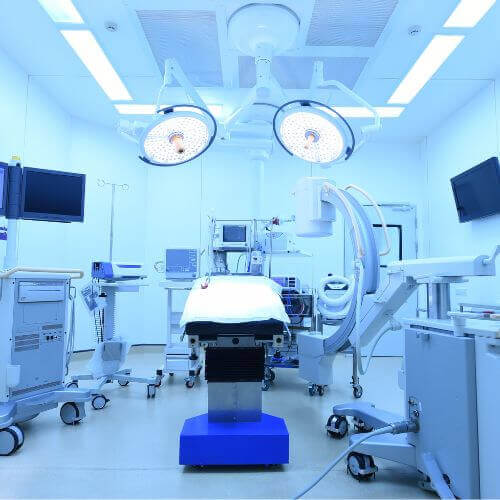Understanding the borderline between medical devices and medicinal products is crucial for regulatory compliance and ensuring that products are appropriately classified and regulated. The distinction is particularly important in the context of the European Union, where the Medical Devices Regulation (MDR) and the Directives relating to medicinal products for human use (MPD) govern these respective categories. Here are key considerations to understand this borderline:
Definitions and Regulatory Frameworks:
Sed ut perspiciatis, unde omnis iste natus error sit voluptatem accusantium doloremque laudantium, totam rem aperiam eaque ipsa, quae ab illo inventore veritatis et quasi architecto beatae vitae dicta sunt.
- Medical Devices:
- Definition: A medical device, as per the MDR, is an instrument, apparatus, appliance, software, or other article intended for diagnostic, therapeutic, or preventive purposes.
- Regulatory Framework: Regulated by the MDR, which establishes requirements for design, manufacturing, clinical evidence, and post-market surveillance.
- Medicinal Products:
- Definition: Medicinal products, governed by the MPD, include substances or combinations of substances intended to treat, prevent, or diagnose diseases.
- Regulatory Framework: Regulated by the Directives relating to medicinal products, which set out requirements for safety, efficacy, and quality.


Borderline and Combination Products:
- Borderline Products:
- Some products may have characteristics of both medical devices and medicinal products, making it unclear which regulatory framework applies. These are known as “borderline products.”
- Principal Intended Action:
- The regulatory determination often hinges on the “principal intended action” of the product. If the primary purpose is diagnostic, preventive, or therapeutic, it may be classified as a medical device. If the primary purpose is medicinal (treatment or prevention of diseases), it falls under medicinal products.
Regulatory Guidance:
Understanding the regulatory frameworks governing medical devices and medicinal products is crucial for manufacturers seeking certification. In the European Union, the CE marking is a prerequisite for marketing medical devices, with conformity to the Medical Devices Regulation (MDR) ensuring compliance. On the other hand, medicinal products are subject to the European Medicines Agency (EMA) for centralized approval under the centralized procedure.
In the United States, the FDA oversees medical devices through a classification system based on risk, with Class I representing low-risk devices and Class III indicating high-risk devices. Medicinal products undergo a separate approval process through the Center for Drug Evaluation and Research (CDER).
MDCG Guidance:
The Medical Device Coordination Group (MDCG) issues guidance to provide clarity on the borderline between medical devices and medicinal products. MDCG guidance is not legally binding and does not reflect the official position of the European Commission. However, it serves as a valuable resource for interpretation.
Key Differentiators:
To determine whether a product falls under the category of medical devices or medicinal products, several key differentiators come into play:
Primary Intended Purpose:
Medical devices focus on physical interactions with the body or its functions.
Medicinal products primarily exert a pharmacological, immunological, or metabolic action.
Mode of Action:
Medical devices achieve their intended purpose through mechanical, physical, or thermal means.
Medicinal products act through chemical or biological interactions within the body.
Duration of Contact:
Medical devices often have temporary contact with the body.
Medicinal products generally have systemic, prolonged effects.
Key Terms and Criteria:
- Pharmacological, Immunological, Metabolic Means:
- Understanding whether a product achieves its intended action through pharmacological, immunological, or metabolic means is crucial for classification.
- Specific Medical Purpose:
- Products must be intended for one or more specific medical purposes listed in the MDR to be classified as medical devices.
- Principal Mode of Action:
- Determining the principal mode of action helps in classifying a product under either medical devices or medicinal products.
Substance-Based Medical Devices:
- New Concept in MDR:
- The MDR introduces the concept of a “substance-based medical device” that is composed of substances permitted in medical devices and does not achieve its principal intended action through pharmacological, metabolic, or immunological means.
Flowchart for Determination:
- Guidance Flowchart:
- The MDCG guidance often includes a flowchart with questions to assist in determining whether a product fulfills the definition of a medical device.
Conclusion:
In the dynamic landscape of healthcare product development, the borderline between medical devices and medicinal products remains a challenging terrain to navigate. Manufacturers, regulatory bodies, and healthcare professionals must collaborate closely to ensure products meet the stringent requirements of certification.
In summary, understanding the borderline between medical devices and medicinal products involves considering the intended purpose, mode of action, and specific medical purposes. Stakeholders should refer to the relevant regulatory texts, guidance documents, and seek professional advice for precise classifications. Regulatory frameworks and guidance documents are subject to updates, so it’s crucial to stay informed about the latest developments in this area.
